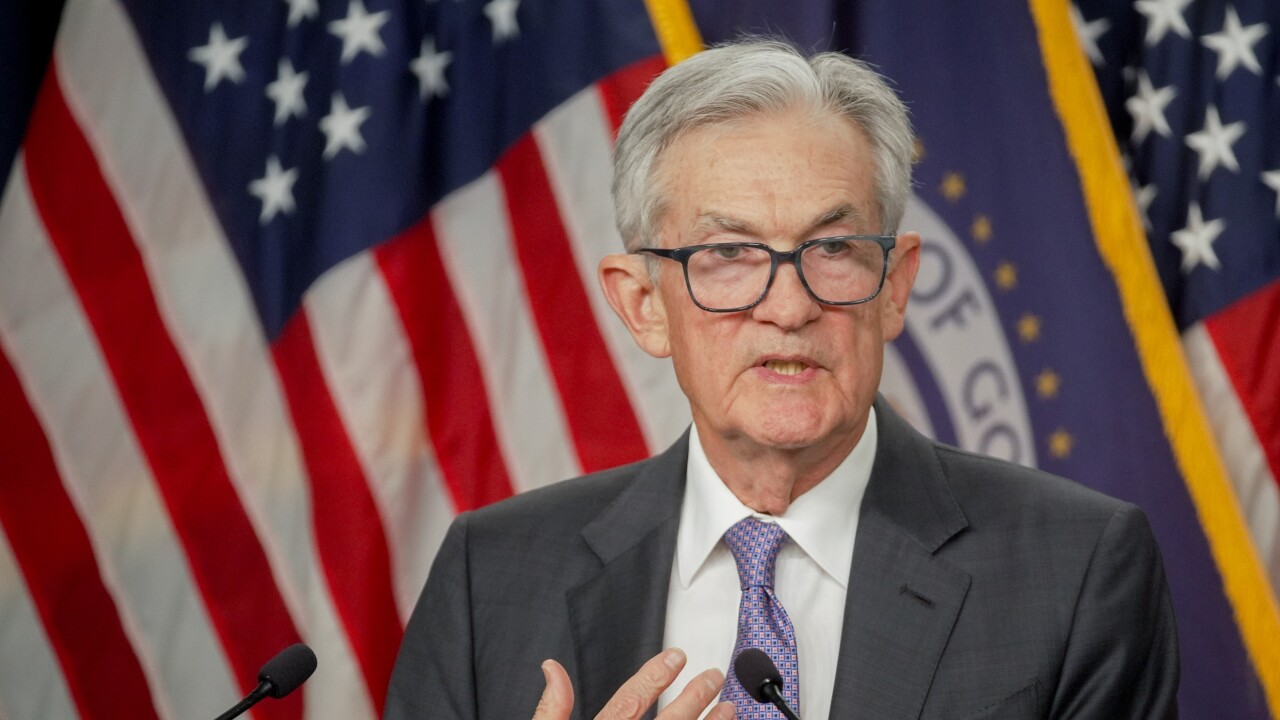Deutsche Bank’s recently announced restructuring meant to correct its decadelong financial woes could ultimately make matters worse.
Indeed, it could become even more of a threat to taxpayers, the financial system and the global economy.
The megabank’s
Deutsche Bank CEO Christian Sewing
However, the details of the plan suggest that Deutsche Bank has learned the wrong lesson from 10 years of poor management and regulatory forbearance: A too-big-to-fail bank almost always has options to reward its shareholders and senior management at the expense of its own financial condition, the taxpayers and the public interest.
Given that the restructuring is an uncertain, high-risk, multiyear plan, the responsible course of action for Deutsche Bank would be to plan conservatively and conserve capital cushions until the targeted profitability actually materializes.
Yet Deutsche Bank is doing the opposite.
Sewing has
Reducing capital to increase short-term returns for shareholders is grossly irresponsible.
Deutsche Bank is essentially diverting its critical loss-absorbing capital buffer — that would otherwise be available as a source of strength to weather an economic downturn — to placate its angry shareholders. That plan jeopardizes the financial resiliency of
Moreover, the disgruntled shareholders are the same ones who’ve repeatedly failed to hold Deutsche Bank’s senior executives accountable for the poor management decisions, leading to the bank’s current financial duress. Permitting senior management to prioritize short-term shareholder returns by offloading risks onto the global financial system is foolhardy.
Adding insult to injury, Deutsche Bank’s management is announcing its intentions at the worst possible time. The bank has reportedly been paying some of the highest rates in bonds
Recent
Deutsche Bank’s profitability also appears to be especially sensitive to interest rate movements, which is a vulnerable position to be in given
Moreover, Deutsche Bank’s well-known intent to sell troubled assets weakens its negotiating position in the markets. It is likely to sell troubled or nonperforming assets at significant discounts, realizing equally significant losses over time.
In addition, Wall Street’s awareness that Deutsche Bank may be seeking to unwind a massive derivatives portfolio in its “bad bank” unit will increase those losses. Deutsche Bank has reportedly already
Other illiquid, hard-to-price assets are likely to form a substantial part of the bad bank’s assets and positions. Those assets are not just hard to sell. They are hard to model, which means easy to manipulate for capital purposes. The ultimate market values may differ significantly.
In all of these circumstances, Deutsche Bank’s capital should be going up, not down. After all, no one made Deutsche Bank hold the portfolio of securities, derivatives and loans that require its current level of capital. Deutsche Bank’s mismanagement has created its own current perilous condition and resulting capital challenges, not the capital regulations.
Deutsche Bank’s senior executives and major shareholders stand to reduce their exposure and make substantial sums of money, if the restructuring plan works. If it doesn’t or the economy weakens, the global financial system and U.S. taxpayers will be forced to accept unnecessary risks and costs, again.
Should the worst happen, taxpayers undoubtedly would be asked to fund cleverly constructed guarantees, pledges, facilities or asset-purchase programs in order to prop up Deutsche Bank. It is too big to fail.
And Deutsche Bank’s latest plan proves, yet again, that privatizing gains and socializing losses at too-big-to-fail global banks is alive and well.





